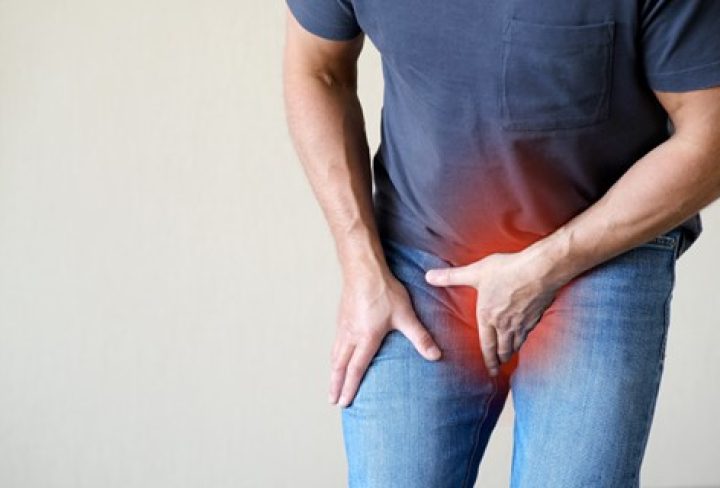When it comes to maintaining good health, it is essential to pay attention to all parts of our bodies, including the testicles. Testicular self-examination (TSE) is a simple yet crucial practice that every man should incorporate into his routine. By regularly examining the testicles, individuals can increase their chances of detecting any abnormalities or signs of testicular cancer at an early stage. In this blog post, we will discuss the importance of testicular self-examination and provide a step-by-step guide on how to perform it.
Why is Testicular Self-Examination Important?
- Early detection is key: Testicular cancer is most common among men aged 15 to 35. By performing regular self-examinations, young men can identify any unusual lumps, swellings, or changes in the testicles early on, leading to prompt medical intervention.
- Easy and convenient: Testicular self-examinations are simple and can be done in the privacy of one’s own home. By taking just a few minutes every month, men can potentially save their lives.
Promotes awareness and familiarity: By regularly examining their testicles, men become more familiar with their normal size, shape, and texture. This knowledge makes it easier to identify any changes that may occur.
Step-by-Step Guide to Testicular Self-Examination:
- Choose the right time: It is best to perform the examination after a warm bath or shower when the scrotal skin is relaxed.
- Stand or lie down: Find a comfortable position in which you can easily reach your testicles.
- Examine one testicle at a time: Gently hold the testicle between your thumb and fingers.
- Check for lumps or swelling: Roll the testicle between your fingers, feeling for any hard lumps or areas of unusual swelling. Remember that it is normal for one testicle to be slightly larger than the other.
- Observe changes in size or shape: Pay attention to any changes in size, shape, or weight of the testicles.
- Check for pain or discomfort: Note any pain, discomfort, or a dull ache in the testicles, groin, or lower abdomen.
- Examine the epididymis: Located behind each testicle, the epididymis feels like a soft, tubular structure. Familiarize yourself with its normal texture to identify any abnormalities.
- Repeat the process with the other testicle: Perform the same steps for the second testicle.
When to Seek Medical Attention:
If you notice any of the following during a self-examination, it is important to consult a healthcare professional:
- A hard lump or swelling in either testicle
- Enlargement or shrinkage of a testicle
- Pain, discomfort, or aching in the testicles, groin, or lower abdomen
- A feeling of heaviness or dragging in the scrotum
- Changes in the texture or firmness of the testicles
Remember, most testicular lumps are not cancerous, but it is always better to be safe than sorry. Seeking medical advice promptly can help determine the cause and provide appropriate treatment, if necessary.
Testicular self-examination plays a crucial role in early detection of testicular cancer. By performing regular self-examinations, men can familiarize themselves with their bodies and detect any changes that may require medical attention. Taking just a few minutes each month to examine the testicles can potentially save lives. So, make testicular self-examination a priority and encourage others to do the same. Your health is in your hands!

